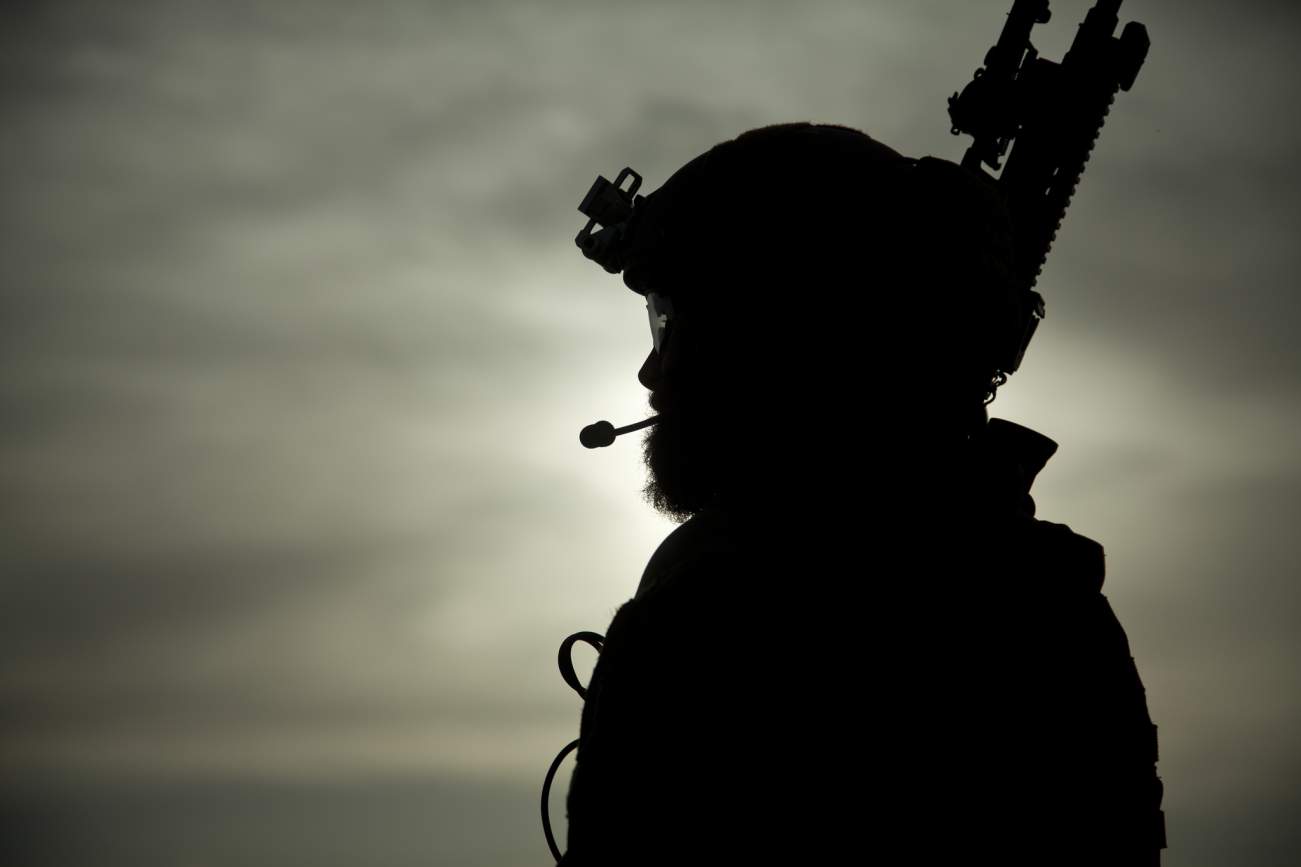 Ever wonder why or how the U.S. military forgets how to do counterinsurgency and stability operations? We are witnessing the process happen in real time.
Ever wonder why or how the U.S. military forgets how to do counterinsurgency and stability operations? We are witnessing the process happen in real time.
There is a common pattern within military organizations, especially the U.S. military. They train for conventional operations against near-peer adversaries but are asked to engage in counterinsurgency (COIN) and stability operations instead. American soldiers spend significant amounts in blood and treasure learning how to conduct those operations, and then forget those lessons as soon as the conflict winds down. A common example is the U.S. “discovery” of COIN doctrine during the War on Terror. The U.S. military’s “new” doctrine on COIN (FM 3-24) was lauded as a revolutionary moment. With the “new” doctrine in hand, the U.S. military could now effectively win its unconventional wars. However, comparison reveals the new COIN doctrine is strikingly similar to that developed during the Vietnam War. Why does the U.S. Military forget how to conduct the types of conflict it is more often engaged in?
We’re witnessing it happen right now. The military finds itself in a nonconventional conflict, adjusts on the fly haphazardly, eventually gets some systematic doctrine written down, and once the war is over it goes right back to preparing for near-peer competition. With troops still stationed in Iraq and Afghanistan actively engaged in combat, the Pentagon is already shifting focus back to near-peer competition with the new 2018 National Defense Strategy . This strategy stands in near complete opposition to the language of strategies just a few years prior.
U.S. Department of Defense (DOD) Directive 3000.05 stated in 2005 that stability operations “shall be given priority comparable to combat operations.” However, in 2018, the new National Defense Strategy, intended to set the course of defense priorities, stability operations are nowhere to be found. The only mentions of stability or instability are with regards to regional stability and the actions of large state adversaries engaging in destabilizing activities. No mention that the U.S. military should be competent in the five stability operations tasks as laid out in FM 3-07 Stability Operations. What the NDS does mention, ad nauseam, is great power competition, China, Russia, expensive weapons platforms, and fixing the U.S. military’s readiness problems to engage state-based threats.
Yet despite the DOD’s recent insistence that training for conventional great power war is a greater priority, the overwhelming majority of the conflicts the DOD is asked to engage in are lower-intensity stability operations. Rebecca Patterson, the author of The Challenge of Nation-Building , noted, “Although nonconventional warfare represents the majority of missions executed in the last sixty years, the U.S. Army still primarily plans, organizes, and trains to fight conventional high-intensity ground wars.” Why?
James Dobbins served as a special envoy to Afghanistan under George W. Bush and once said, “every time they do a post-war occupation, they do it like it’s the first time, and they also do it like it’s the last time they’ll ever have to do it.” If these are the types of operations the military is asked to perform most often, one would expect the military to be quite good at it by now. Instead, the military does not plan for them in peacetime, reluctantly retrains for them during the conflict, and happily stops training for them when the conflict is over.
Aaron Rapport gives a psychological explanation for why militaries fail to perform well at stability operations. Rapport argues that conflicts perceived to be in the distant future will be evaluated based on the desirability of the goal while conflicts perceived to be in the near future will be evaluated based on the feasibility of the objectives. For instance, an occupation is either unseen or perceived to be in the distant future compared to the initial conventional combat operation. In examples like the invasions of Iraq or Afghanistan, planners are more likely to pragmatically plan for the invasion but not what comes after. Any focus given to the post-conflict environment will be less on concrete logistics and more on ambitious goals and hypothetical outcomes. This explains why the desirability of goals far outstrips the political will to bear the costs of such operations. It also explains the repetitious cycle, including performance in COIN operations.
‘New’ COIN Doctrine
In 2006, the U.S. military published Field Manual 3-24 for COIN operations. The manual, and its primary author General Petraeus, were lauded as making a breakthrough in military thinking. After years of taking losses in Iraq and Afghanistan with no coherent way forward, FM 3-24 charted a course unlike any the military had known before. In a word, it was revolutionary—or so the story goes.
Apparently, the military, and the broader policy and analysis community, forgot so much about their COIN operations in Vietnam that they even forgot that they already had COIN doctrine. Scholars, such as Austin Long , have been struck by the degree of similarities between these two doctrines. “Yet a comparison with counterinsurgency doctrine written forty years earlier casts doubt on this explanation, as the doctrine was functionally the same.” Both manuals describe the problem as essentially a battle over the loyalties of the local population, what most today would call winning hearts and minds.
No comments:
Post a Comment